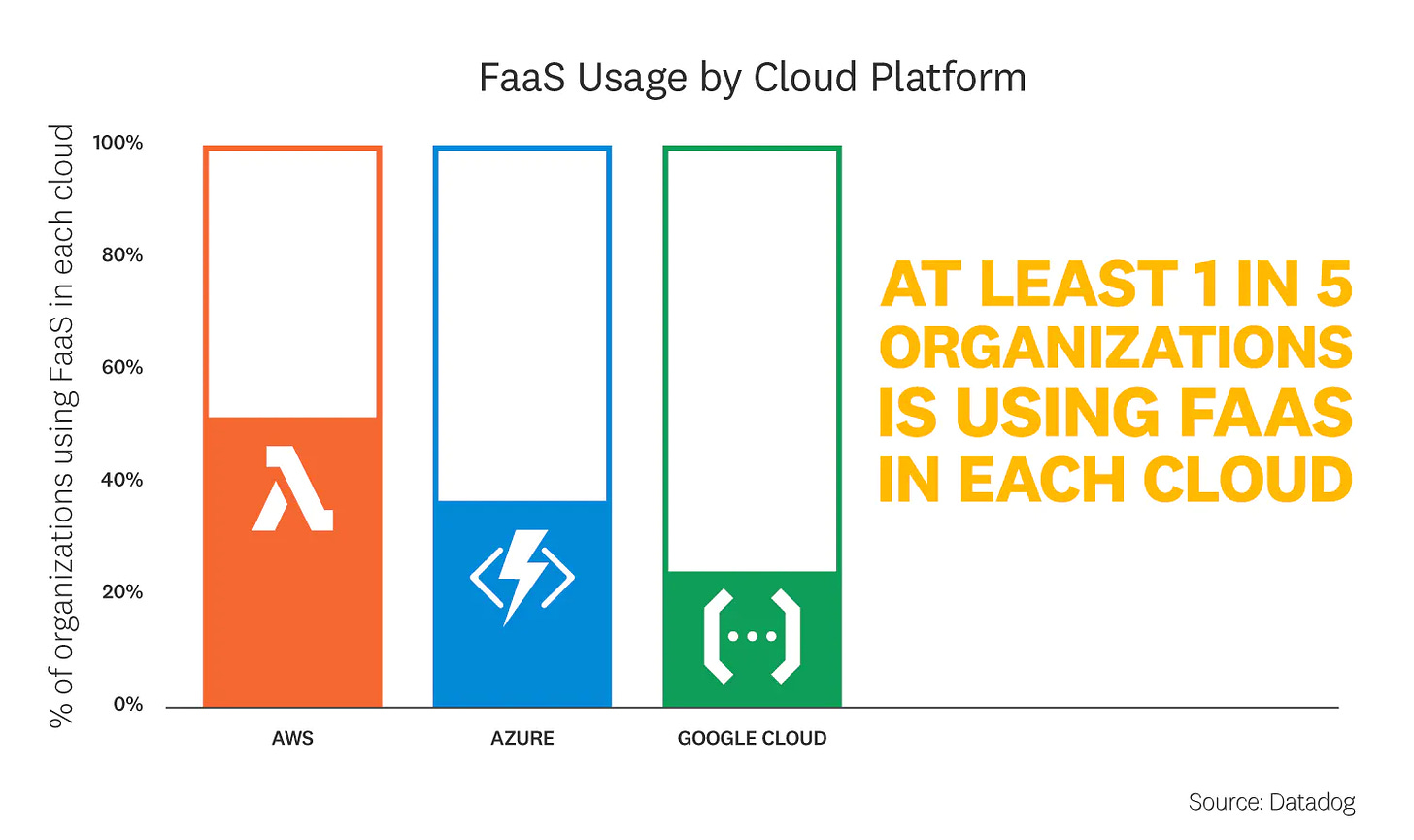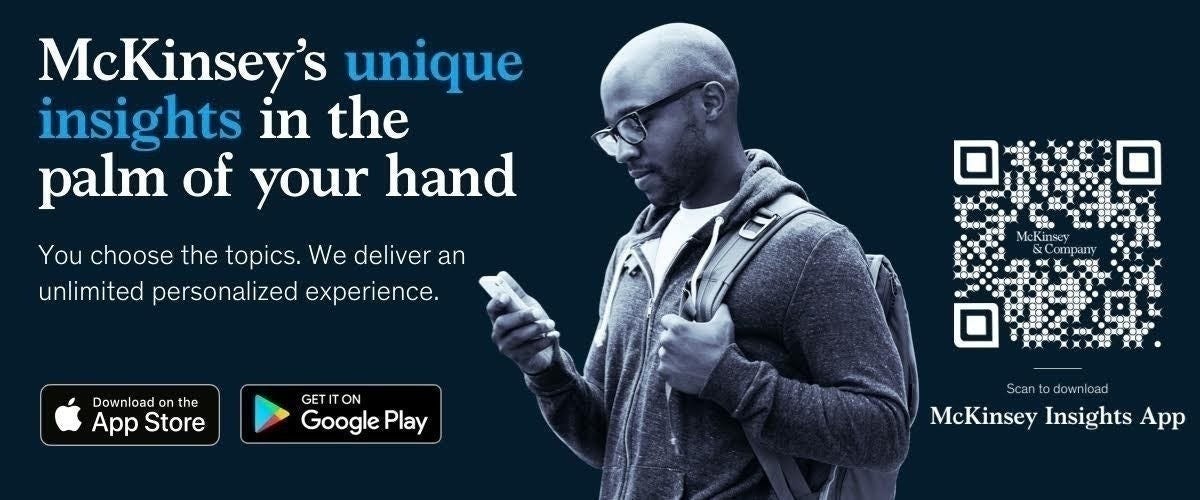You should subscribe to WITI!
Noah here. Alexa turns seven this year. Since Amazon introduced the Echo in 2014, we’ve seen voice interfaces proliferate. What started as an initial burst of excitement, imagination, and optimism has settled into a core set of daily functions that many of us use. Whether it’s sending messages with Siri or ordering groceries with Google, we seem to have reached a state where the technology more or less knows its place in the world. The brands searching for their voice strategy have left the building, and the games we installed on our Echo are covered in digital dust and cobwebs.
Why is this interesting?
For all the hype around the initial release of Alexa, the thing I remember most from that time was my first introduction to Lambda, a service from Amazon that was heavily used to build apps for the new Echo platform. Generically referred to as serverless computing or functions as a service (FaaS), Lambda allowed developers to deploy bits of code (functions) that would only run when called. Where cloud computing changed the paradigm from owning servers to renting (and paying for) just what you need, serverless shifted things even further in the pay for use model.
With Lambda (and now the competitors from every other cloud service), you didn’t have to pay while your server was idle. Instead, you are charged only when your function runs, which could happen effectively instantaneously when anyone hits an assigned URL. For instance, for an Alexa app, the device captures your voice and sends the recording to one of these functions, which processes it and returns a response. The whole thing happens fast enough that you don’t really need to think about it.
As big as the Alexa business is, the Lambda business is almost certainly poised to be bigger. Datadog says more than half of AWS customers are using Lambda, and according to SiliconAngle, “nearly half of the new applications that Amazon developed were built on top of AWS Lambda’s serverless compute.” So if history is any indicator, where Amazon goes, many will follow.
For me, the experience of using serverless for the first time was a bit like my first experience with cloud computing. The magic of spinning up and down a server on demand and only paying for the time it was live was matched by the delight of writing a bit of javascript, deploying it, and then watching it just work as I delivered data to an assigned URL. In some ways, it felt reminiscent of the first time I wrote some PHP on a server and just ran it, and it worked. As a casual programmer/hacker, serverless perfectly matches my patience for dealing with environments and such—I have none, and, by and large, neither does serverless. It’s a dream. You write code, and it exists with very little other nonsense.
What are they useful for exactly? Almost anything that doesn’t require a full-blown application. (There’s a reasonable argument that everything will move serverless in the future, but that’s probably better suited for a future WITI.) I’ve built a fun little thing that sends a text when a friend is looking for a tennis match and something that sends an email at the beginning of the week to see what you’re working on with another on Friday to see how you did. But mostly, they’re good for connecting systems together. In a world where every tool we use has an API that allows you to insert and extract data programmatically, the opportunities to tie them together are everywhere. Mostly this can be done without code using tools like Zapier and IFTTT, but I frequently find myself wanting to do something particular enough that the only choice is to write some javascript. From there, it’s easy to hook up to that same set of tools and just operate your little function as its own little service in the world. For me, it’s programming, and it’s most fulfilling. (NRB)
Video of the day:
This video of a bunch of French kids with wigs, sunglasses, and cigarettes singing a tribute to Serge Gainsbourg is amazing. [Via SV4] (NRB)
Quick Links:
Following Social Media Censorship, Viennese Museums Take Their Art to OnlyFans ht Joseph (CJN)
The profiteroles paradox (via NRB CJN)
China is watching you (CJN)
--
WITI x McKinsey:
An ongoing partnership where we highlight interesting McKinsey research, writing, and data.
A life in full. Indra Nooyi, former chairman and CEO of PepsiCo, is a trailblazer—she was the first woman of color and immigrant to run a Fortune 50 company. But how'd she manage a demanding career and a growing family, and what did she learn along the way? Find out in a can't-miss interview from McKinsey's Author Talks series.
--
Thanks for reading,
Noah (NRB) & Colin (CJN)
—
Why is this interesting? is a daily email from Noah Brier & Colin Nagy (and friends!) about interesting things. If you’ve enjoyed this edition, please consider forwarding it to a friend. If you’re reading it for the first time, consider subscribing.





